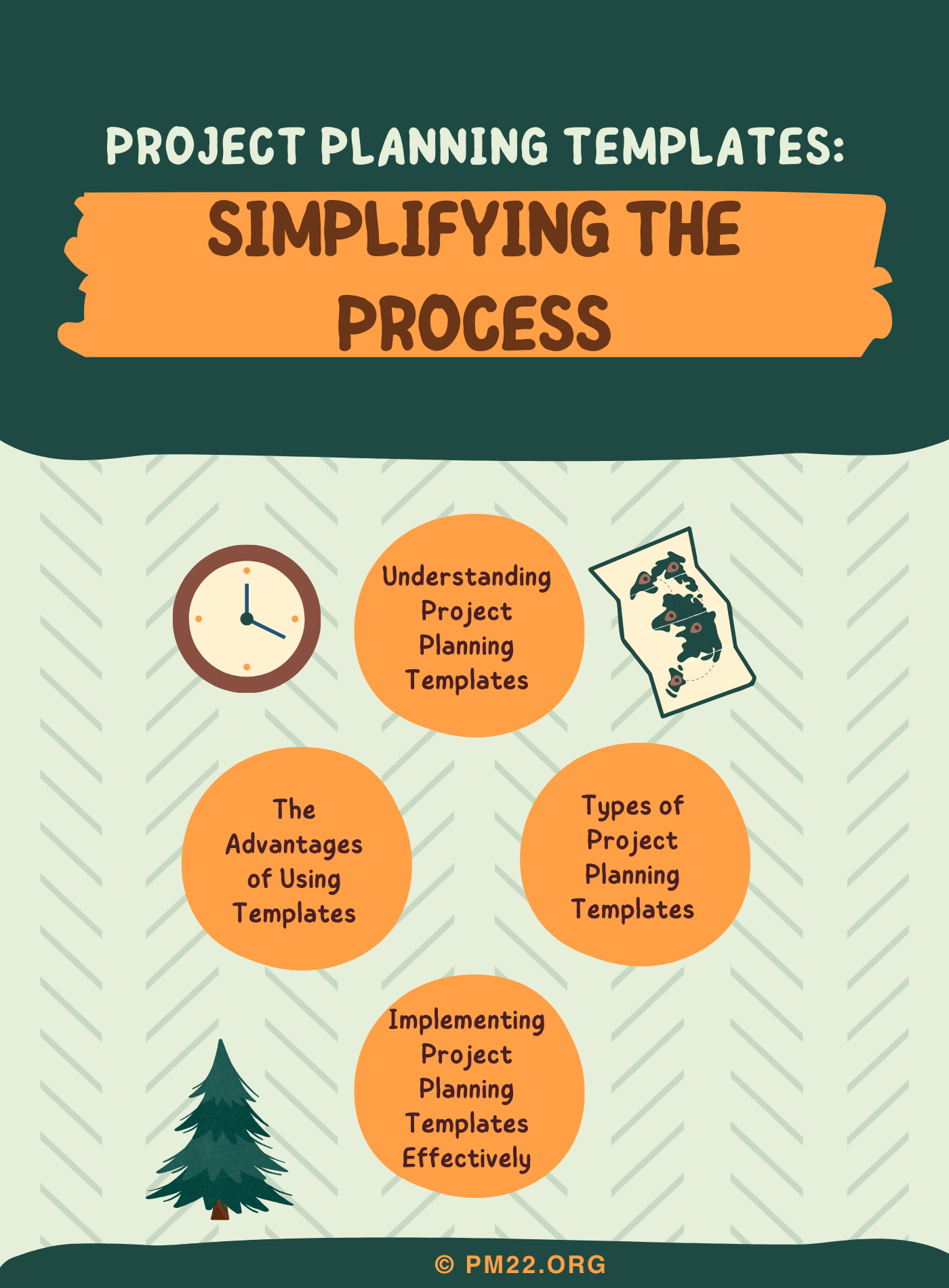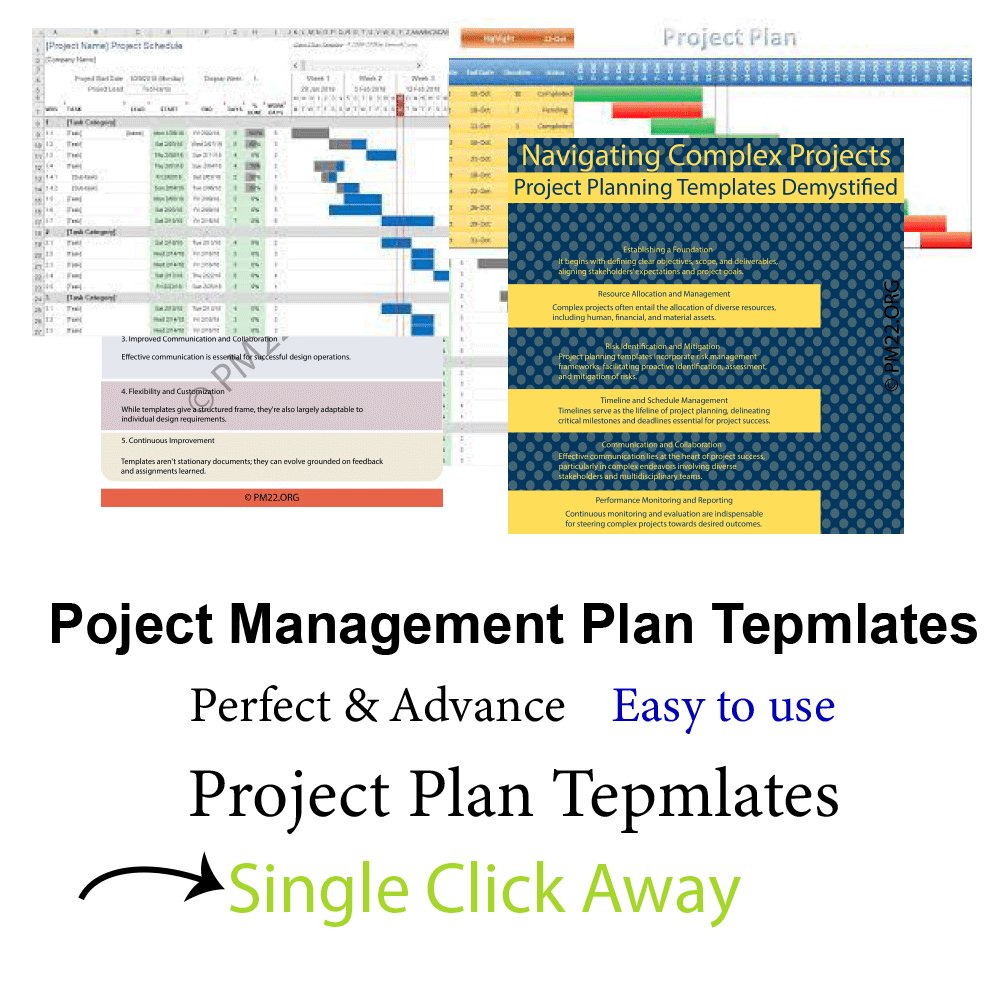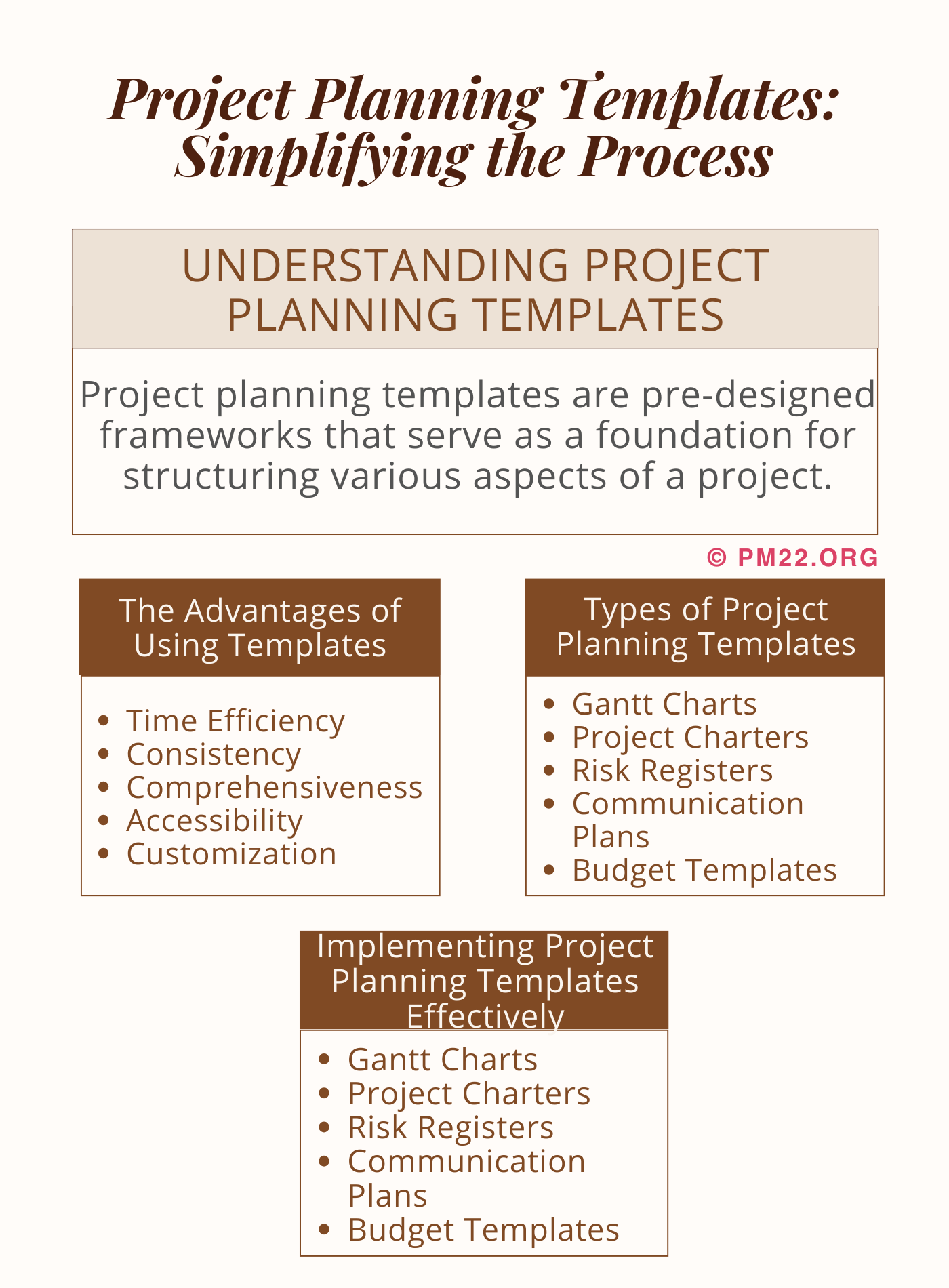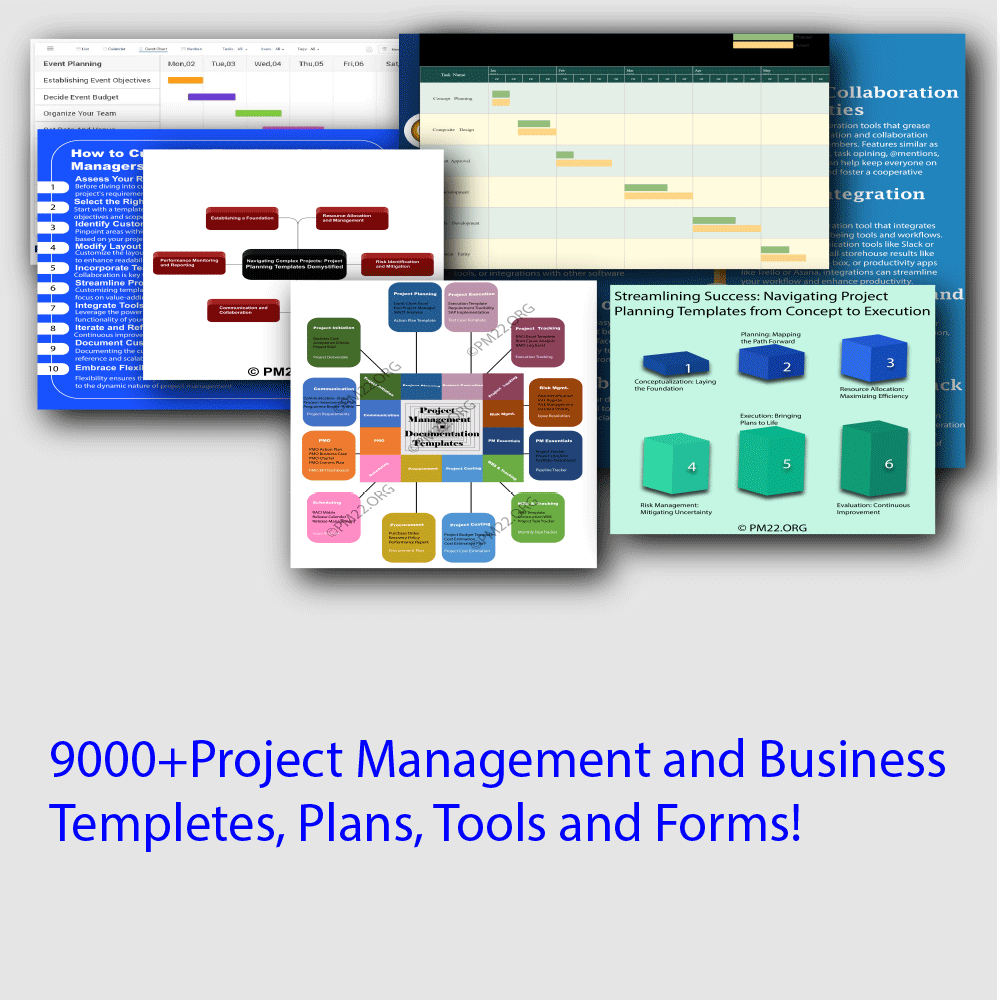 In the realm of project management, success often hinges on meticulous planning. Every project, whether big or small, benefits from a well-structured plan that outlines goals, timelines, resources, and milestones. However, creating such plans from scratch can be time-consuming and prone to errors. This is where project planning templates come into play, offering a streamlined approach to organize and execute projects efficiently.
In the realm of project management, success often hinges on meticulous planning. Every project, whether big or small, benefits from a well-structured plan that outlines goals, timelines, resources, and milestones. However, creating such plans from scratch can be time-consuming and prone to errors. This is where project planning templates come into play, offering a streamlined approach to organize and execute projects efficiently.
Understanding Project Planning Templates
Project planning templates are pre-designed frameworks that serve as a foundation for structuring various aspects of a project. These templates encompass key components such as project scope, objectives, schedules, budgets, risk management, and communication strategies. They provide a standardized format that helps project managers and teams save time, maintain consistency, and ensure thorough planning.
CLICK HERE TO DOWNLOAD 300+ PROJECT MANAGEMENT TEMPLATES & DOCUMENTS IN EXCEL
The Advantages of Using Templates
- Time Efficiency: With templates readily available, project managers can bypass the initial setup phase and dive straight into planning. This not only accelerates the process but also allows teams to focus more on project-specific details rather than formatting.
- Consistency: Templates establish a uniform structure across different projects within an organization. This consistency fosters clarity and facilitates easier collaboration among team members who are accustomed to the same format.

- Comprehensiveness: Well-designed templates prompt project managers to consider various aspects of the project that might otherwise be overlooked. They serve as comprehensive guides, ensuring that all essential elements are addressed during the planning phase.
- Accessibility: In today’s digital age, many project planning templates are available online, either through project management software or as downloadable resources. This accessibility means that teams can access templates from anywhere, anytime, making them indispensable tools for remote or distributed teams.

- Customization: While templates provide a structured framework, they are also flexible enough to accommodate specific project requirements. Project managers can tailor templates to suit the unique needs of their projects, adding or removing sections as necessary.
Types of Project Planning Templates
- Gantt Charts: Gantt charts visually represent project schedules, showing tasks, milestones, and dependencies over time. They offer a clear overview of project progress and help in identifying potential bottlenecks or delays.
- Project Charters: Project charters outline the purpose, objectives, stakeholders, and constraints of a project. They serve as a foundational document that aligns stakeholders and provides a clear direction for the project.
CLICK HERE TO DOWNLOAD 300+ PROJECT MANAGEMENT TEMPLATES & DOCUMENTS IN EXCEL
- Risk Registers: Risk registers identify potential risks associated with the project and outline strategies for mitigating or managing them. They help in proactively addressing uncertainties and minimizing the impact of unforeseen events.
- Communication Plans: Communication plans detail how project information will be shared, who the stakeholders are, and what channels will be used for communication. They ensure that relevant information reaches the right people at the right time.

- Budget Templates: Budget templates outline project costs, including expenses related to resources, labor, materials, and overhead. They help in tracking expenses and ensuring that the project stays within budget.
Implementing Project Planning Templates Effectively
While project planning templates offer numerous benefits, their effectiveness depends on how they are utilized. Here are some tips for maximizing the utility of project planning templates:
- Selecting the Right Template: Choose templates that align with the nature and complexity of the project. Avoid templates that are overly complex or too simplistic for your needs.
- Involving Stakeholders: Engage stakeholders in the planning process and solicit their input when customizing templates. This ensures buy-in and improves the relevance of the planning documents.
- Regular Updates: Project planning templates are not static documents; they should be updated regularly to reflect changes in project scope, timelines, or resources. Set aside time for periodic reviews and revisions.
- Training and Support: Provide training and support to team members on how to effectively use project planning templates. This empowers them to leverage the templates to their full potential.
In conclusion, project planning templates are invaluable tools for simplifying the project planning process. By providing a structured framework, they help project managers and teams save time, maintain consistency, and ensure thorough planning. With the right templates in hand and proper implementation strategies, organizations can streamline their project management efforts and increase the likelihood of project success.
